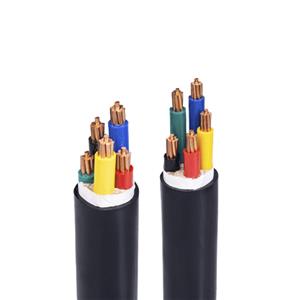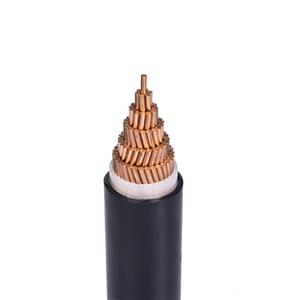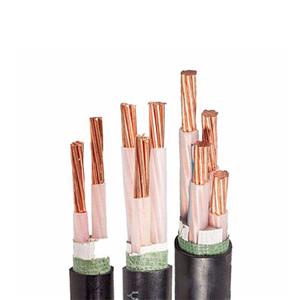The difference between flame retardant cables and fire resistant cables
When it comes to fire prevention of cables, we have to mention flame-retardant cables and fire-resistant cables. Many people often cannot tell the difference between flame retardant and fire-resistant. Today, cable manufacturers will take you to have a deep understanding of flame retardant and fire-resistant cables.
Flame-retardant cables, under specified test conditions, are burned. Once the fire source is removed, the flame spread is limited, and the residual flame or residual burning can also extinguish itself within a limited time to avoid causing greater losses. The working principle of flame-retardant cables is to achieve flame retardancy by adding halides and metal oxides containing halogens to materials such as insulation, sheaths and fillings. When encountering flames, these additives will undergo a series of chemical reactions to inhibit the generation of combustible gases, reduce temperatures, and thus prevent the spread of flames. In contrast, fire-resistant cables are even more powerful. Fire-resistant cables refer to cables that can maintain normal operation for a certain period of time when the sample is burned in the flame under specified test conditions. Simply put, in a raging fire, it can continuously supply power to key equipment, ensure the normal operation of the equipment, and buy more time for personnel evacuation and fire rescue.
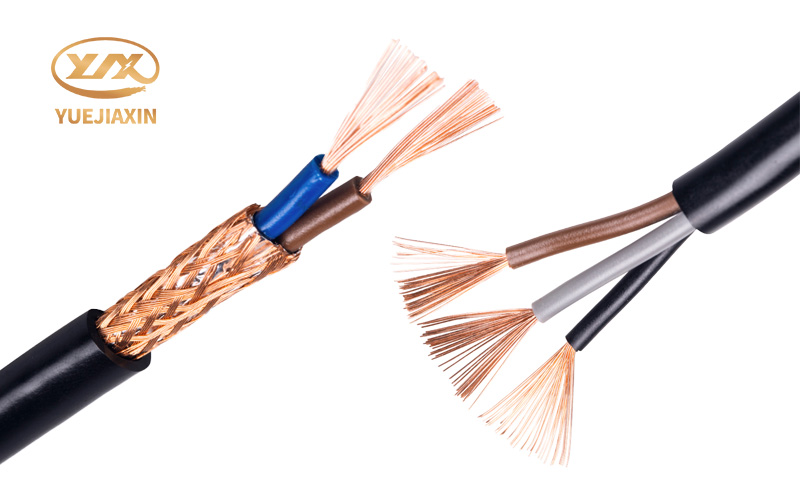
Let's take a look at the differences between flame-retardant cables and fire-resistant cables. First of all, the structural materials are different. Flame-retardant cables mainly use flame-retardant materials in all or part of the insulation layer, sheath, outer sheath and auxiliary materials (tape and filling), just like putting on a "flame-retardant protective suit" for the cable. In addition to these basic structures, fire-resistant cables also add a "secret weapon" between the conductor and the insulation layer - the fire-resistant layer, which is made of multiple layers of mica tape wrapped around it. This is an important guarantee for it to work in a fire, which is equivalent to adding an extra layer of solid "firewall" to the "heart" conductor of the cable. The working principle is also different. Flame-retardant cables mainly rely on the characteristics of the flame-retardant materials themselves to play a role. When encountering flames, the flame-retardant materials react chemically to suppress the generation of combustible gases and reduce the temperature, thereby preventing the spread of flames, just like setting up many obstacles on the road of flame propagation, making it difficult for flames to pass. The working principle of fire-resistant cables is to use the fire-resistant and heat-resistant properties of mica tape. Under high temperatures of fire, mica tape forms a hard isolation layer to separate flames and heat from conductors, ensuring that the conductors can transmit current normally and fully protecting the conductors from harm in dangerous moments.
In terms of application scenarios, flame-retardant cables are cost-effective and are widely used in residential and commercial buildings, which have certain requirements for fire prevention but do not have particularly high requirements for power supply continuity. Fire-resistant cables are mostly used in places with extremely high requirements for power supply reliability. They are also indispensable in crowded and difficult evacuation places such as hospitals, subways, and tunnels. They provide stable power for ventilation, lighting, communications and other systems to ensure the safe evacuation of personnel and the smooth progress of rescue work in emergency situations.
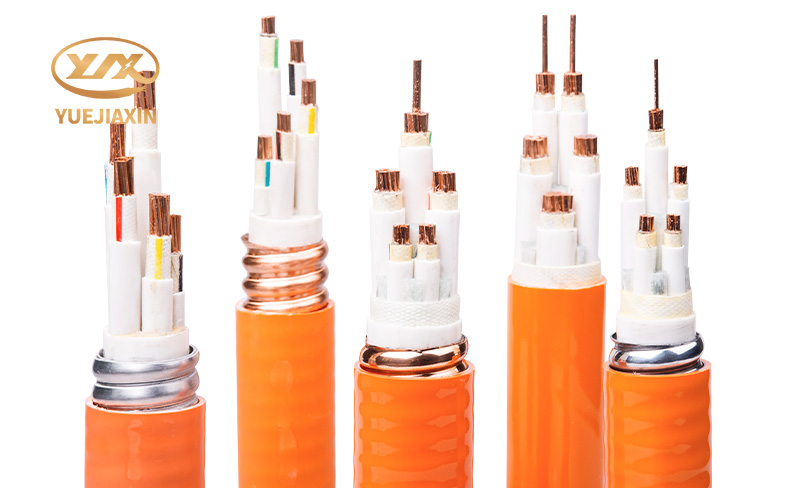
Flame-retardant cables and fire-resistant cables have obvious differences in structure, principle, performance and application scenarios. Flame-retardant cables can effectively prevent the spread of flames, are relatively affordable, and are suitable for general residential and commercial buildings; fire-resistant cables can still ensure the power supply of key equipment at high temperatures, providing more reliable protection for life and property safety, and are mostly used in places with extremely high requirements for power supply reliability. When choosing cables, everyone must carefully identify them according to actual needs, choose products produced by regular manufacturers, and have them installed by professionals. Do not choose inferior cables for the sake of cheapness, which will bury safety hazards in life.


